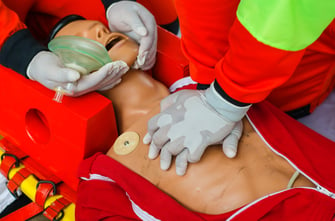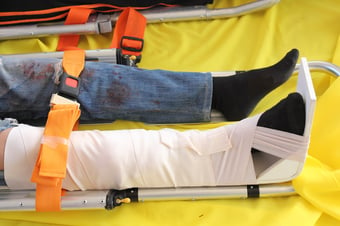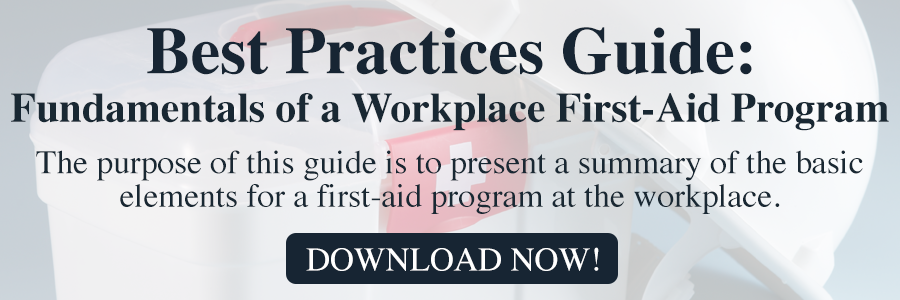Keeping it Together: Basic First Aid Strategies for the Work Site
- Home
- Team EJP Blog
- Keeping it Together: Basic First Aid Strategies for the Work Site
- Nov 3, 2016 8:36:12 AM
- Everett J. Prescott
Working in construction can be very dangerous. Virtually every construction worker has a story about an injury or close call that could have caused serious problems if it hadn't been handled properly. When there is an accident or injury on site, how your team handles it prior to emergency services arriving can make a big difference in the outcome. Here is some information to keep in mind from an emergency medical responder who has spent over two decades in the field.
Prepare your kit before an emergency:
By definition, an emergency is something for which you are not prepared. Preparing ahead of time often makes an emergency much easier to deal with. Take the time to investigate the contents of your first aid kit and upgrade if necessary. At a minimum, you'll want to add the following to a standard first aid kit: a Quik-Clot or similar blood stopping dressing, tourniquet, CPR mask, nitrile gloves (which deal better with chemicals on the job site than traditional latex gloves), splinting material, a cold compress and additional gauze pads and rolls.
Prepare your people before an emergency:

Make sure your workers have at least a basic grasp of first aid or schedule a training to help give everyone the knowledge they need.
Personal safety first:
Always check the scene before approaching the victim. If a rescuer is injured trying to help an injured party, they haven't helped - they've just made a second victim that needs help.
Watch for shock:
Shock is one of the main killers in emergency medical response. Keep the victim's temperature as constant as possible, control any bleeding and keep them lying down so the heart doesn't have to work very hard to circulate blood to injured parts of the body. Always call 911 if there is serious bleeding, potential for internal or spinal cord injuries, rapid or problems breathing, inability to find a pulse point, loss of consciousness or other serious symptoms.
Apply pressure and ice to stop bleeding:
Though some very serious cases do require the use of a tourniquet (at which point you should note the time it was applied), most bleeding can be stopped by applying pressure. You can add a Quik-Clot or similar blood stopping dressing to help, and icing the area directly above the injury on the way to the heart can shrink the blood vessels, helping control bleeding.
Immobilize broken bones and sprains:

Don't try to straighten it out, just add a splint, whether it's a commercial splint, magazine, piece of wood or whatever other rigid material you happen to have handy. Use rolled gauze or bandaging to hold it in place securely, padding the splint where needed.
Don't move someone with a potential spinal cord injury:
Unless they're in further danger by remaining where they are, never move someone who may have a spinal cord injury as doing so may cause further injury. If it is vitally important to move the person, carefully slide a board underneath them, such as a piece of 3/4" plywood, a solid-core door or similar sturdy material, then add a block to each side of the head (a roll of paper towels works well) and use duct tape or bandaging to secure them to the board to prevent the injury from shifting.
Cool but don't spray a burn:
To treat a burn, first lay down a piece of dry gauze over the burn. A burn must be cooled down gently using cool, not cold, water or a cold compress with a layer or two of cloth between the compress and the gauze. Most burn units have to clean out any substances that are put on a burn, so save the ointment or spray for another day - it's very painful to the patient to have to clean out those substances.
Use insulated materials to knock someone receiving a shock free:
In some situations, because of the current, a person who is being electrocuted can not let go or move away from what is shocking them. Don't become another victim - use a very dry piece of wood, fiberglass ladder or similar insulated material to knock the person free of the electrical source. If you can easily turn off the source of the current like a generator, do so.
By keeping this information in mind for your job site, you can keep injuries from getting worse while waiting on more advanced medical care. At Team EJP, we have trainers available who can help teach basic first aid, CPR and AED to your crew. If you're ready to set up training to save a life, please feel free to contact us today for more information or to schedule a training.








